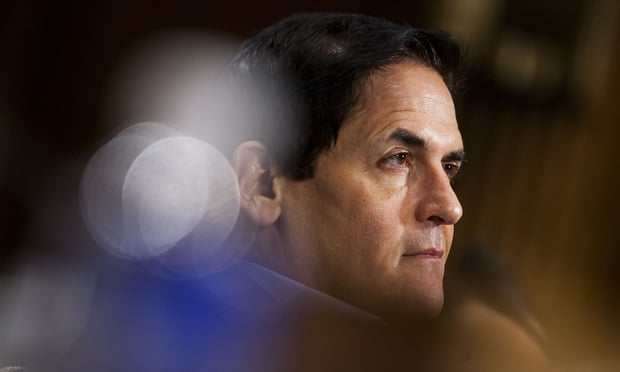One reason health care costs are such a challenge is that the "other" 1 percent — those who spend the most on health care — use up more resources than the bottom 75 percent put together.
Related: 10 worst states for ACA premiums
In fact, Americans as a whole are a healthy lot, although the relatively few who aren't are the opposite.
Recommended For You
That's according to a Washington Post report, which puts it another way: the 50 percent of Americans who spend the least on health care account for just 3 percent of health care spending — a level that hasn't changed in 37 years — the period examined in a study published in the April issue of the journal Health Affairs.
The study authors looked at data from the 1977 and 1987 National Medical Care Expenditure surveys and the 1996–2013 Medical Expenditure Panel surveys to find that startling 37-year revelation.
Specifically, the study points to the remarkable stability of health care expenses for the bottom half of the population: "Between 1977 and 2014 it was never less than 2.7 percent or more than 3.5 percent," it says, adding that the bottom 75 percent of the population by spending accounted for just 13.4 percent of all expenditures in 2014.
Another surprising finding the study reports is that the bottom 50 percent's low rate of expenditure for health care "may even predate the implementation of the Medicare and Medicaid programs." A 1963 study reports that that group accounted for just 5 percent of expenditures.
Related: Getting creative on insurance costs
And, as might be expected, older members of the population do make up the vast majority of the highest spenders — although it's surprising to note that the biggest portion of that group is actually made up of those between the ages of 18–64, at 54.5 percent, and not the oldest — aged 65 and older — who make up just 38 percent. Those aged 0–17 constitute the balance of 7.4 percent.
The study, focusing on the low end of the spending spectrum rather than the high end, points out that while "policy discussions focused on reducing spending" have concentrated their attention on the high spenders, "this analysis focuses on the characteristics of the people at the other end of the spectrum: those with the lowest health care spending, whose behavior will likely affect the viability of both the Affordable Care Act (ACA) and any alternatives that may be offered by President Donald Trump's administration."
The study also reviewed available data on the proportion of each group — highest spenders, low spenders and those in the middle — to determine whether they were insured all, part or none of the time, and, if they did have coverage, what type of insurance they had: public, employer-provided, non-group or mixed.
"The key takeaway message really is most people are in good health; they don't spend a lot of money, and yet it's important to have them be part of our insurance system," Mark Berk, a health policy researcher and contributing editor of Health Affairs who led the analysis, says in the report. Berk adds, "If they're left out of the system, we're not going to have the funds to take care of people who are very sick."
But, the Washington Post says, you may not agree with that, "depend[ing] on your politics." It quotes Tom Miller, a resident fellow at the American Enterprise Institute, who disagrees with Berk's premise and says the study is based on quick and incomplete snapshots of health. His argument is that the study only distracts from the discussion about health care that he believes the country should have: how to rein in spending.
The problem with that is twofold: first of all, insurance works by having those who don't need it — those who don't get into car accidents, or those whose homes don't burn down — help cover the costs of those who have accidents or who do lose their homes.
But without the penalties levied on the healthy who otherwise wouldn't buy coverage, that wouldn't happen in the health care exchanges. And if the healthy stay away, premiums rise for those who do buy coverage.
The second problem is that while conservatives view the goal as making people take more responsibility for their own health care costs, the fact is that people who are really ill, or who face catastrophic injury, could end up bankrupted by bills they can't possibly pay.
The study points out how important it is to determine a solution to the problem thanks to another analysis it cites: long-term spending trends indicate a shift in the overall population from need-based to income-based use of health care services. That doesn't bode well for the overall health of the population.
As a result, the political debate over how to make the health care insurance system meet the needs of the sick while working for everyone will undoubtedly continue.
© 2025 ALM Global, LLC, All Rights Reserved. Request academic re-use from www.copyright.com. All other uses, submit a request to [email protected]. For more information visit Asset & Logo Licensing.







